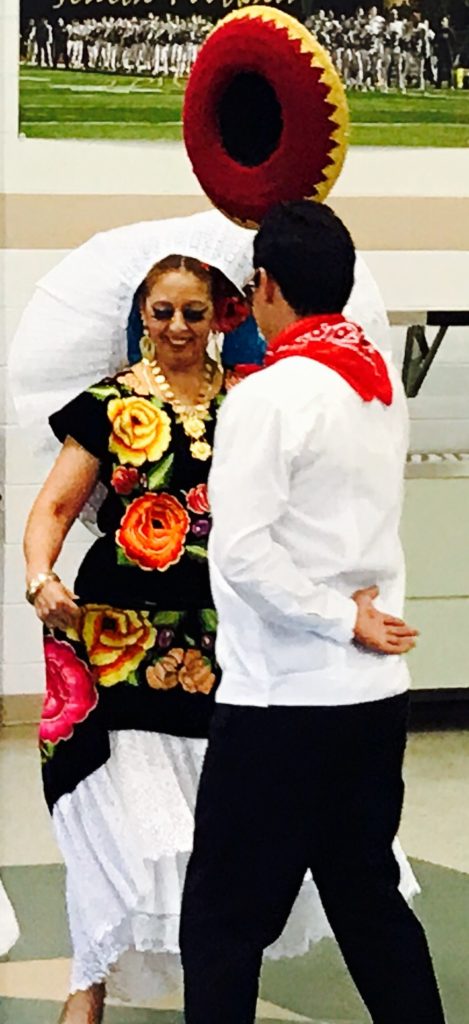
Carousel house welcome
If happiness is perspective, the soaring view from atop a father’s shoulders is a wonderful way to think of the world. Like many fortunate children, it was a first memory from Turtle Back Zoo where it is a joy to see such memories made today at events like Holiday Light Spectacular.
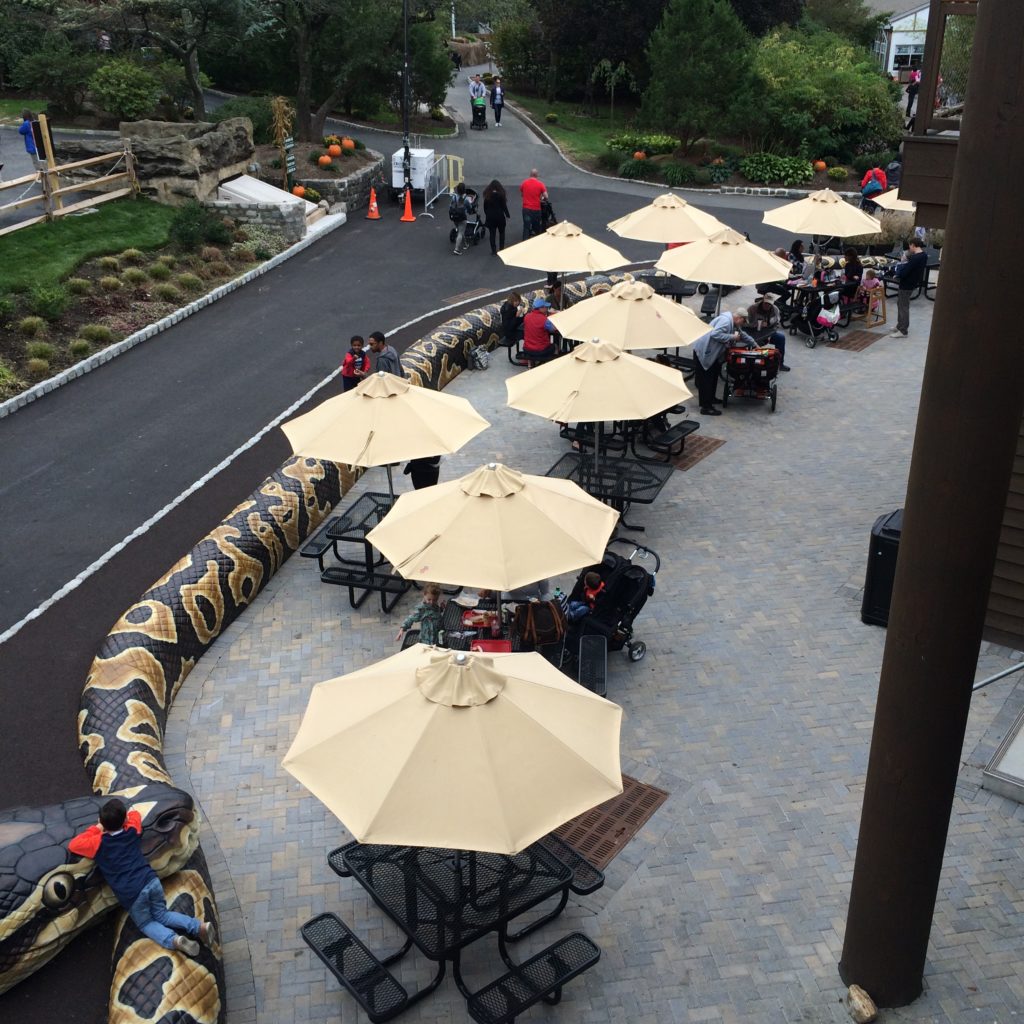
View from Savanna Cafe deck on another visit
The light display is free, as is the parking, and open to the public. From the time one turns onto Northfield Avenue and sees the dazzling lights along the South Mountain Recreation Complex entrance, it is clear that it will be quite a show. At the actual zoo entrance, a cheerful costumed Frosty the Snowman and Turtle greet visitors as the carols regale from loudspeakers. The first sign you will see, however, is the invitation to stop at the green tent to make a donation of canned or boxed food, unwrapped toys, or gently used coats to the Community Food Bank.
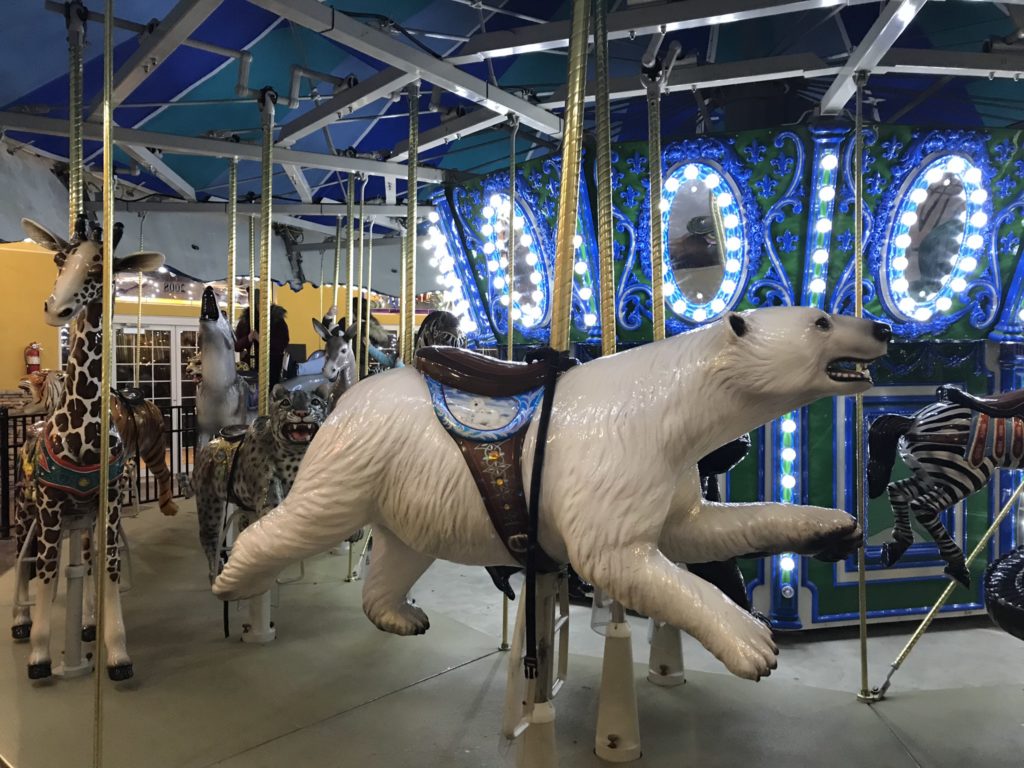
Endangered species carousel in carousel house
The zoo is immediately festive and fun with a menorah and Kwanzaa kinara ready to add to the celebration. Some animals are on view like the barn pets, and the train and carousel also charm for free. Pony rides are available for $2.00. Photo stations with themes from Peanuts to polar bears to penguins to How the Grinch Stole Christmas throughout the zoo are ideal for creating holiday cards or Snap Chatting (with the Mom & Dad filter), added holiday features. S’more stations ($4.50 for a kit) at the new Savanna Café gave a ski lodge. This is a delightful way to start the season.
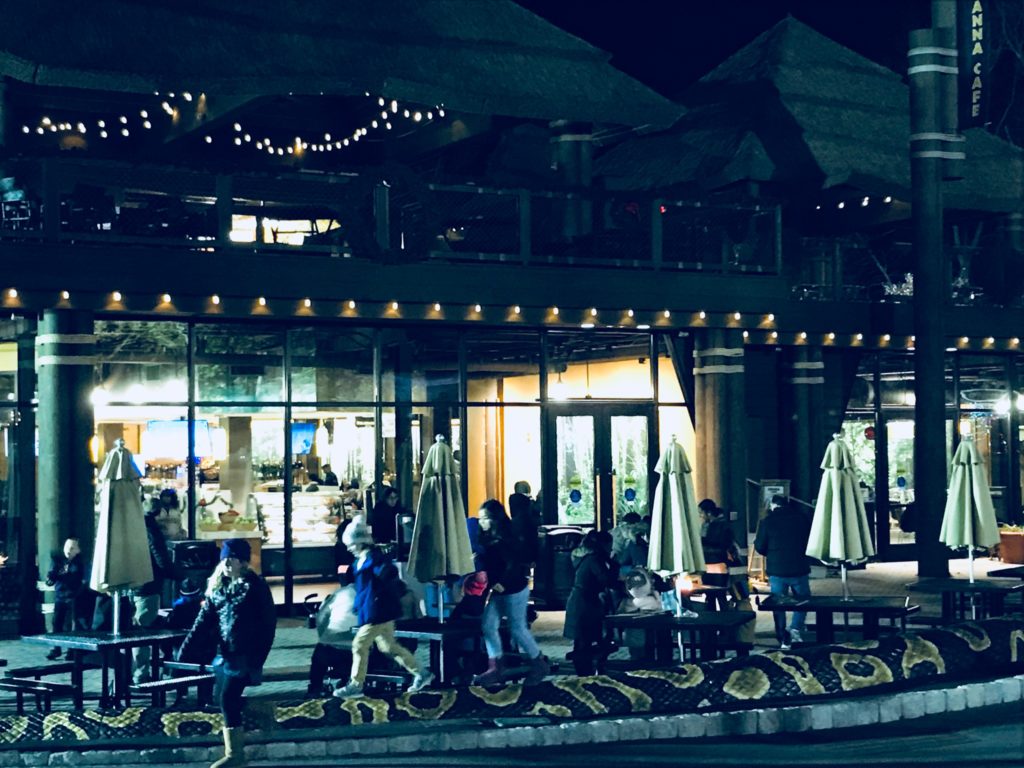
Follow the leader on the boa and s’mores fire pits
What was different this year was the crowd. The visitors are always in good spirits, the staff, always welcoming. When we went to the zoo as children, we fed the deer, admired the wandering peacocks, played with the turtles, rode on the children’s train (whose whistle still thrills), and ate sandwiches at the wooden picnic tables. We thought it out-of-this-world fun. All of those things are still there and, impressively, more like the African Adventure, Outback Aviary, Treetop Adventure Course, and Mini Golf, but Friday night’s mood of the visitors, the friendliness and quiet joy around the s’mores fire pits, reminded me of the zoo of years ago. It was a happiness infused with gratitude. People were taking photos, but enjoying each other’s company even more, sparked by the delight that the animals bring.
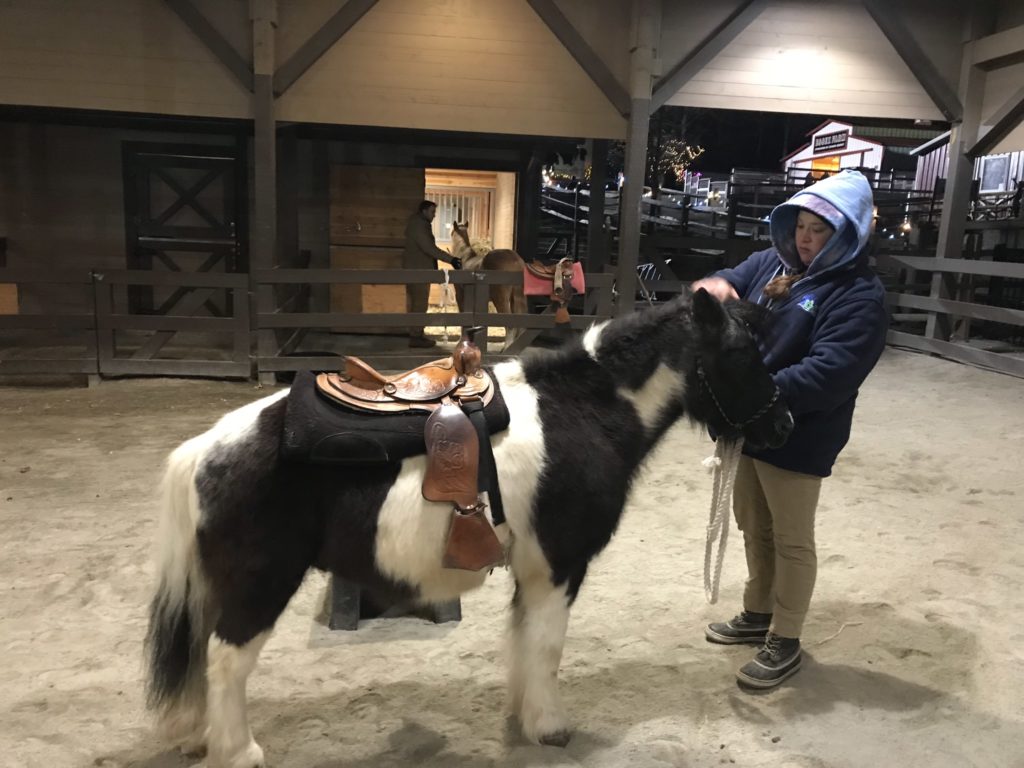
Taking care at Turtle Back Zoo
Princeton’s Mary Chapin Carpenter wrote a beautiful song “Bells Are Ringing” from Come Darkness, Come Light about the essence of Christmas, and though the happy, flickering lights and the holly-jolly are at Holiday Light Spectacular in abundance, the underlying spirit of Christmas is at the zoo more so this year.
Some visitor notes: The winter hours are 10-3:30 daily, and stroller rental ($7) is available during hours. The zoo is wheelchair accessible. The grounds are hilly, so bring good walking shoes. (Lunch hour walkers have been onto this great aspect for years.) Now it is safer to let the zookeepers feed the animals. If you want to visit the zoo before the light show, you can ice skate at Codey Arena or have a bite until the show starts at 5 at wonderful places in the area. For more on the zoo and events, visit Turtle Back Zoo and South Mountain Recreation Complex.
Thank you to the zoo for another dazzling Holiday Light Spectacular and hope to visit again before it ends on January 1st!
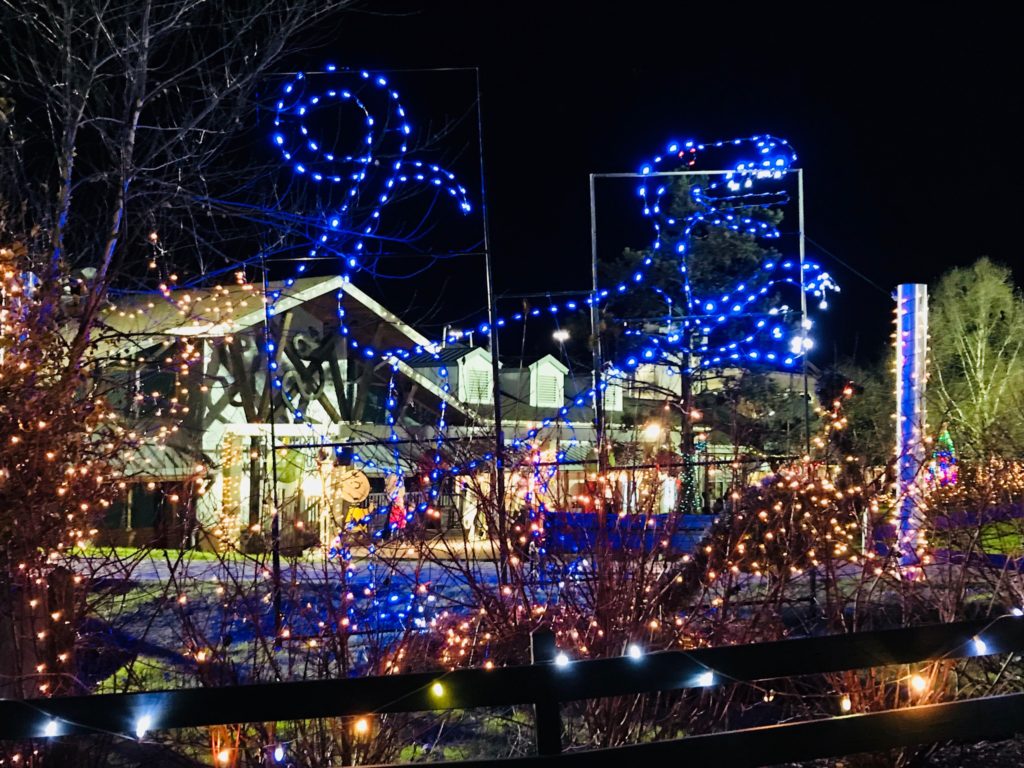
All Rights Reserved © 2017 Kathleen Helen Levey


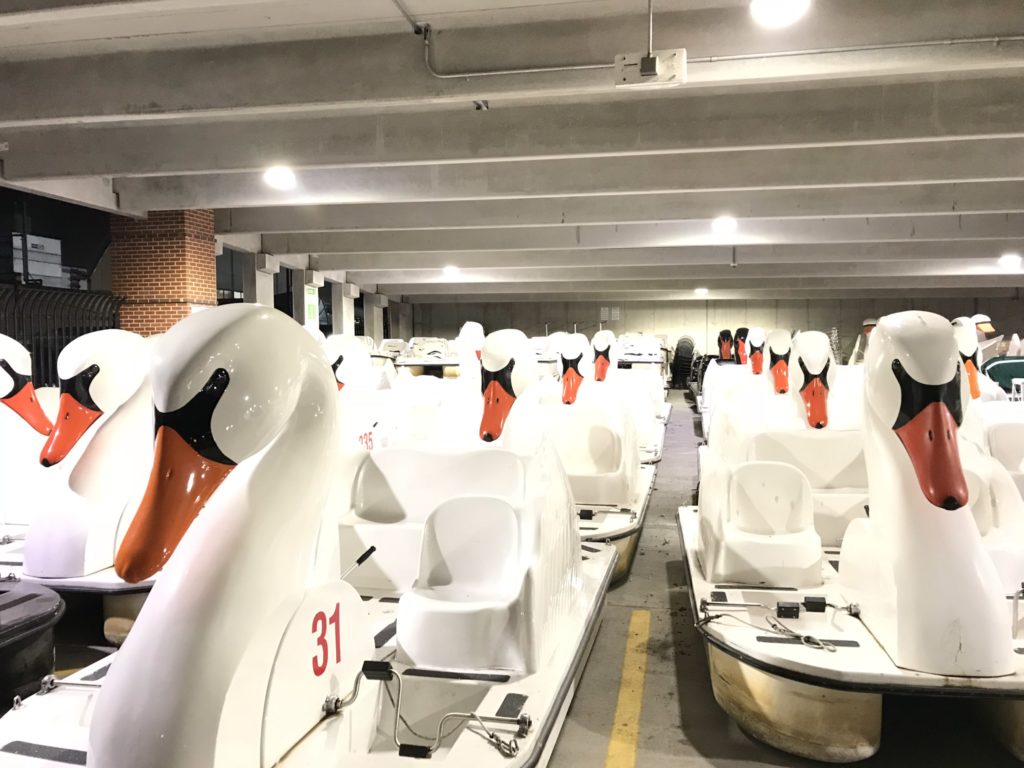

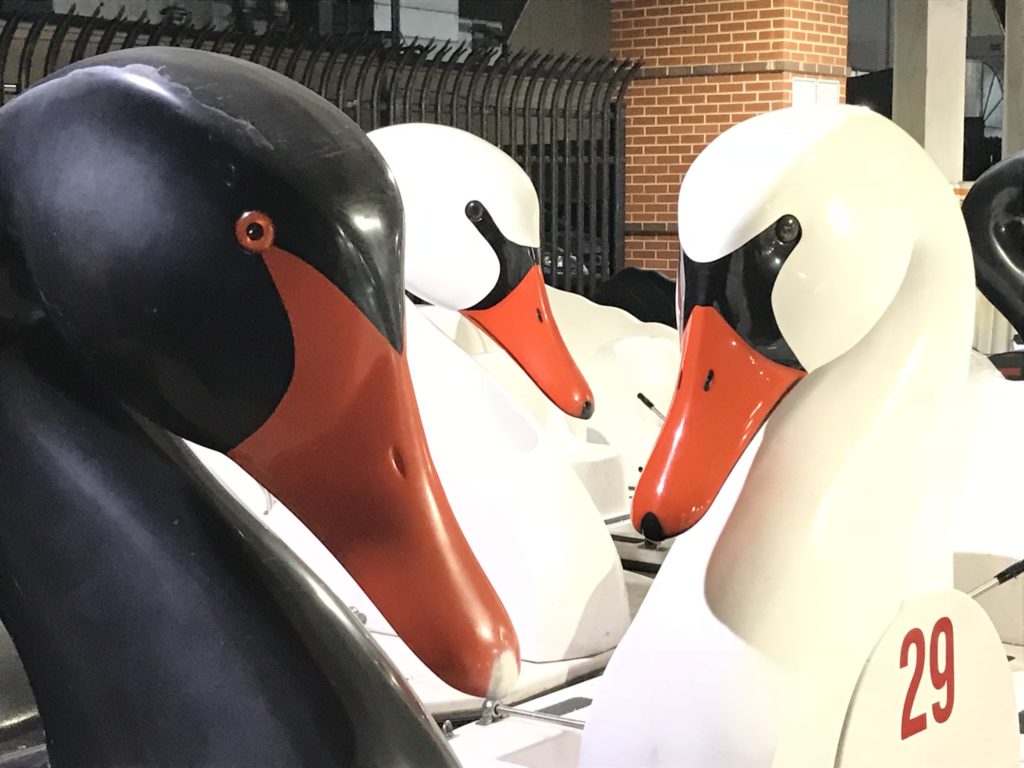
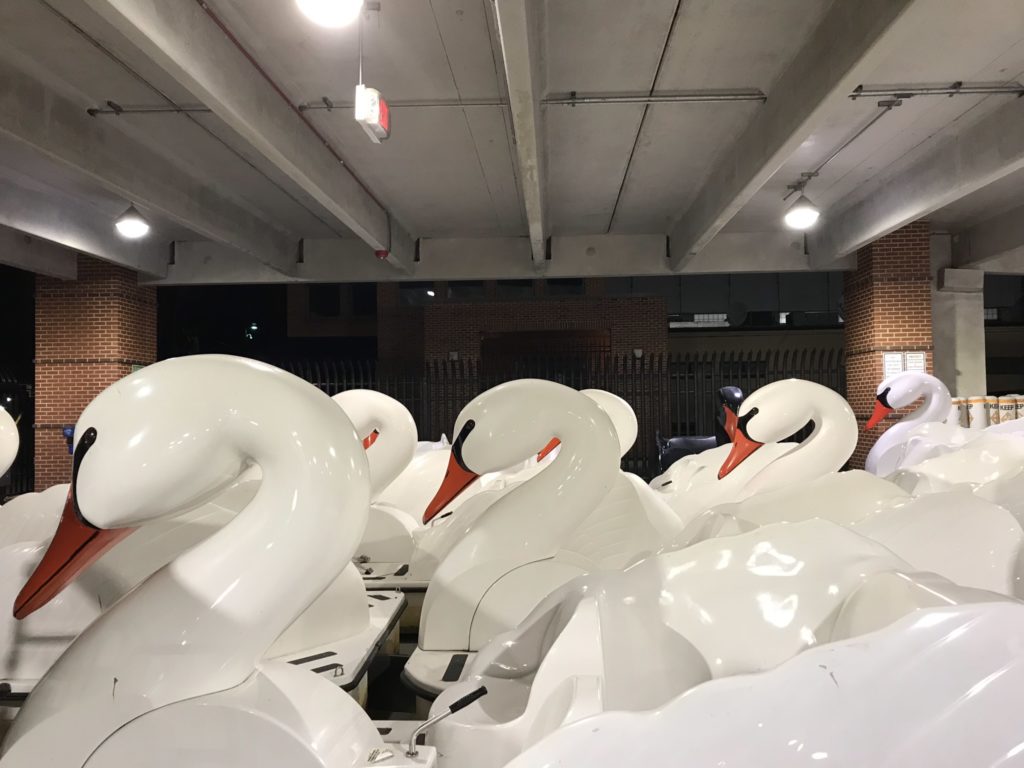


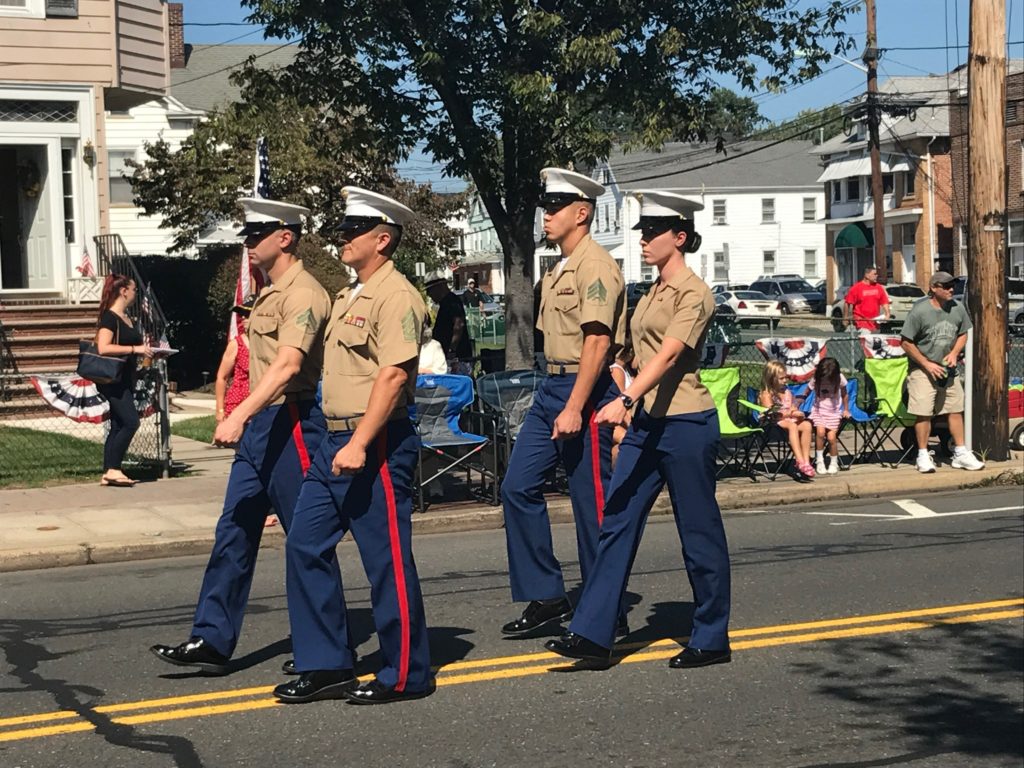 Raritan’s annual parade in Sergeant Basilone’s honor each September is a proud event with many veterans and Marines participating. The link below leads to video of the tossed-candy fun at this year’s parade along Somerset Street. The children, all delightful in this year’s crowd, are mostly off-frame, but they were even sweeter. Our mother, who attended for many years, exclaimed when hearing this, “It’s a first-rate parade if they’re giving out candy!” In the generous spirit of Sergeant John Basilone, his family, and the local communities, the borough invites everyone to attend.
Raritan’s annual parade in Sergeant Basilone’s honor each September is a proud event with many veterans and Marines participating. The link below leads to video of the tossed-candy fun at this year’s parade along Somerset Street. The children, all delightful in this year’s crowd, are mostly off-frame, but they were even sweeter. Our mother, who attended for many years, exclaimed when hearing this, “It’s a first-rate parade if they’re giving out candy!” In the generous spirit of Sergeant John Basilone, his family, and the local communities, the borough invites everyone to attend.

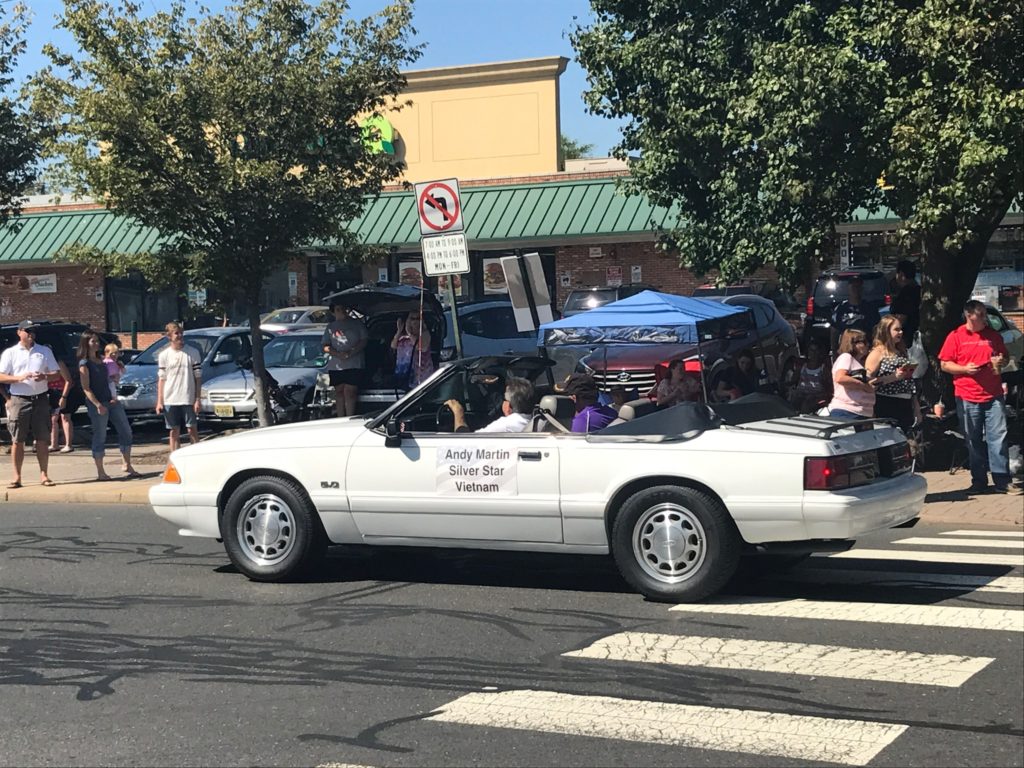
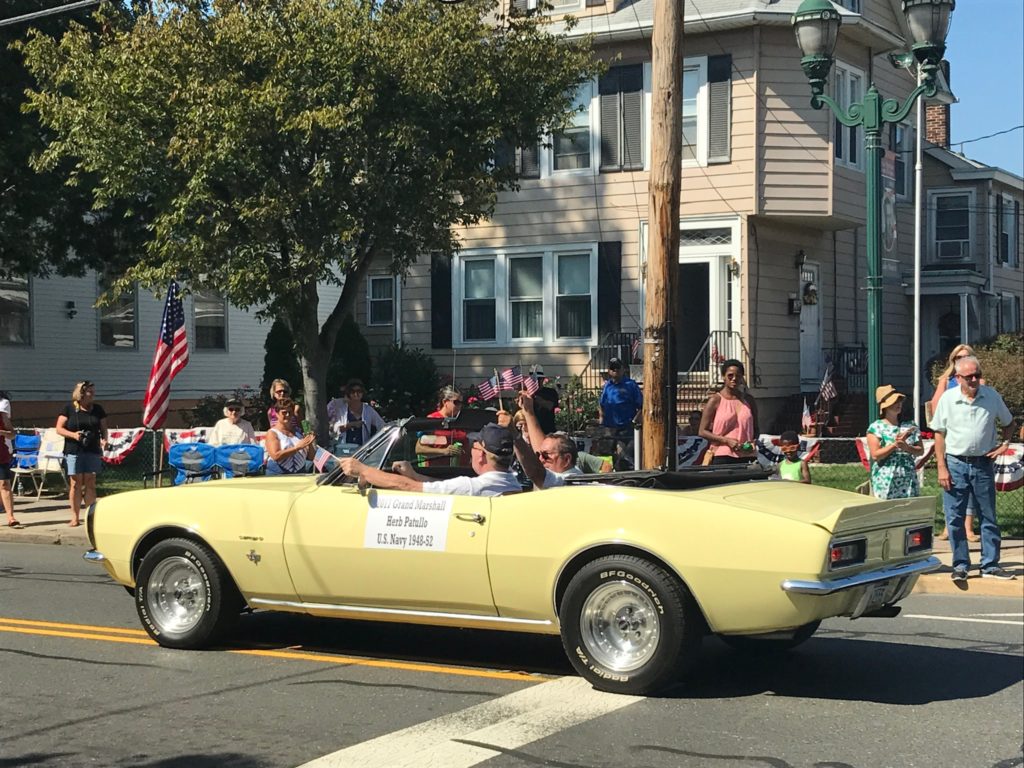

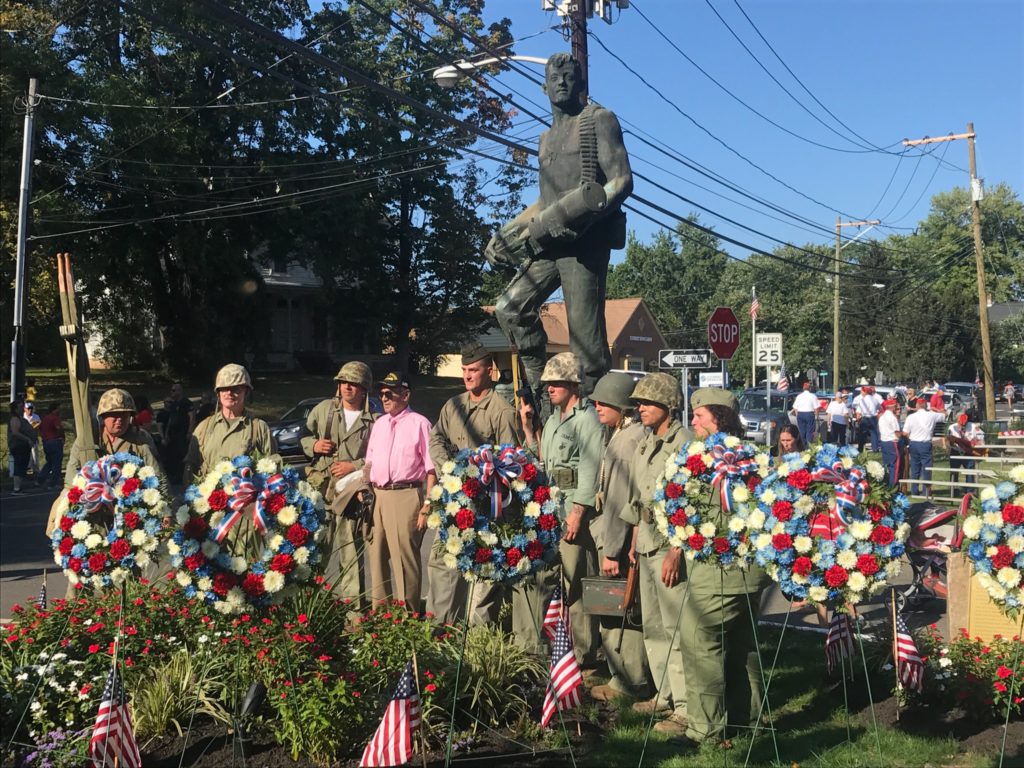
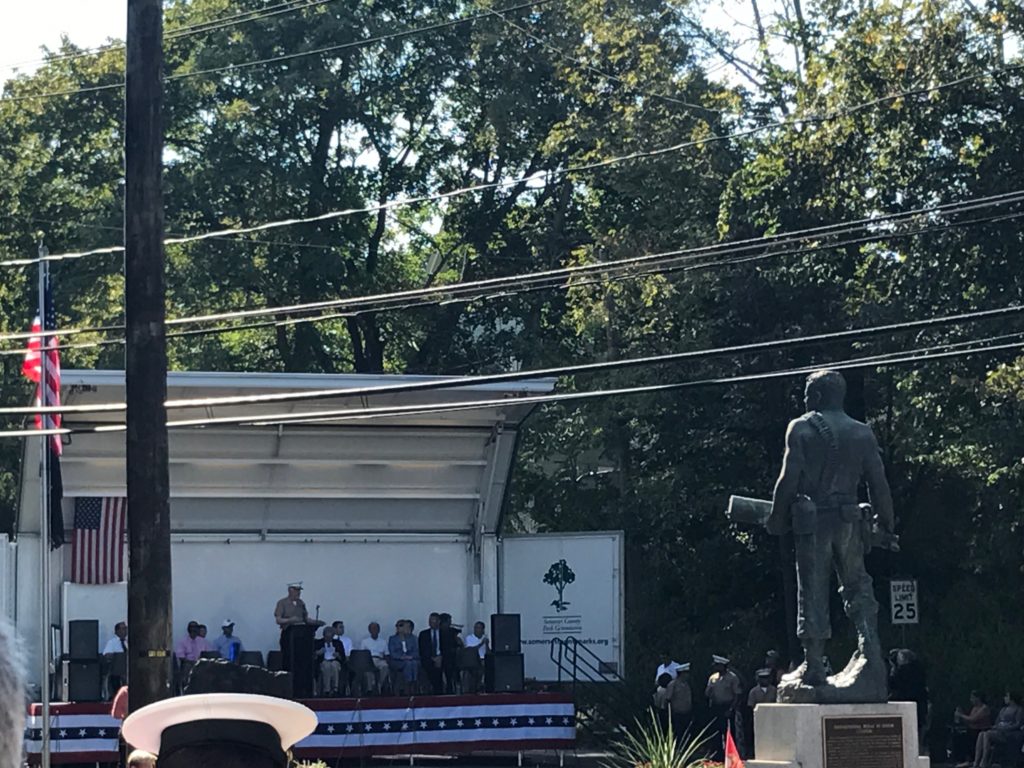
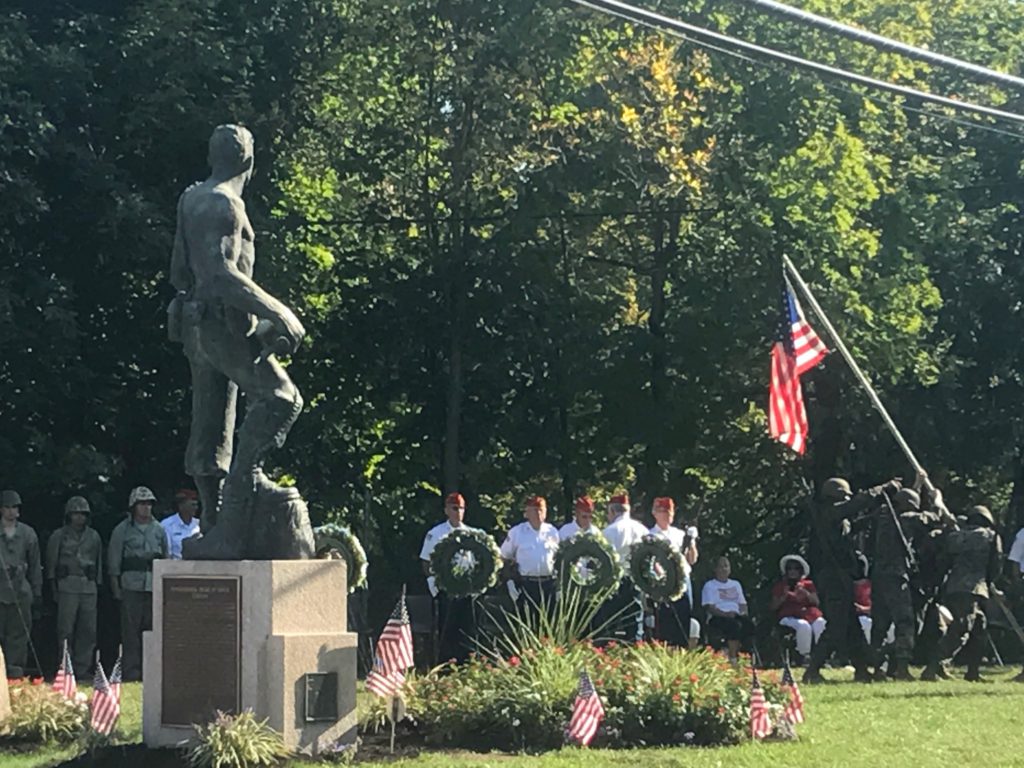

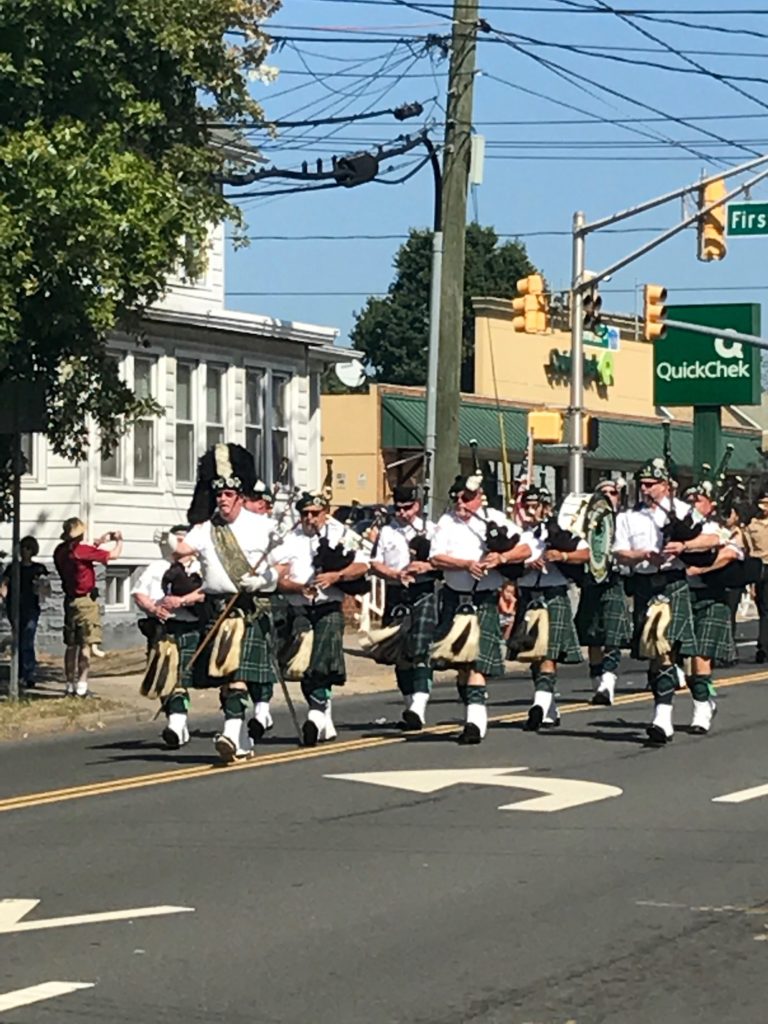


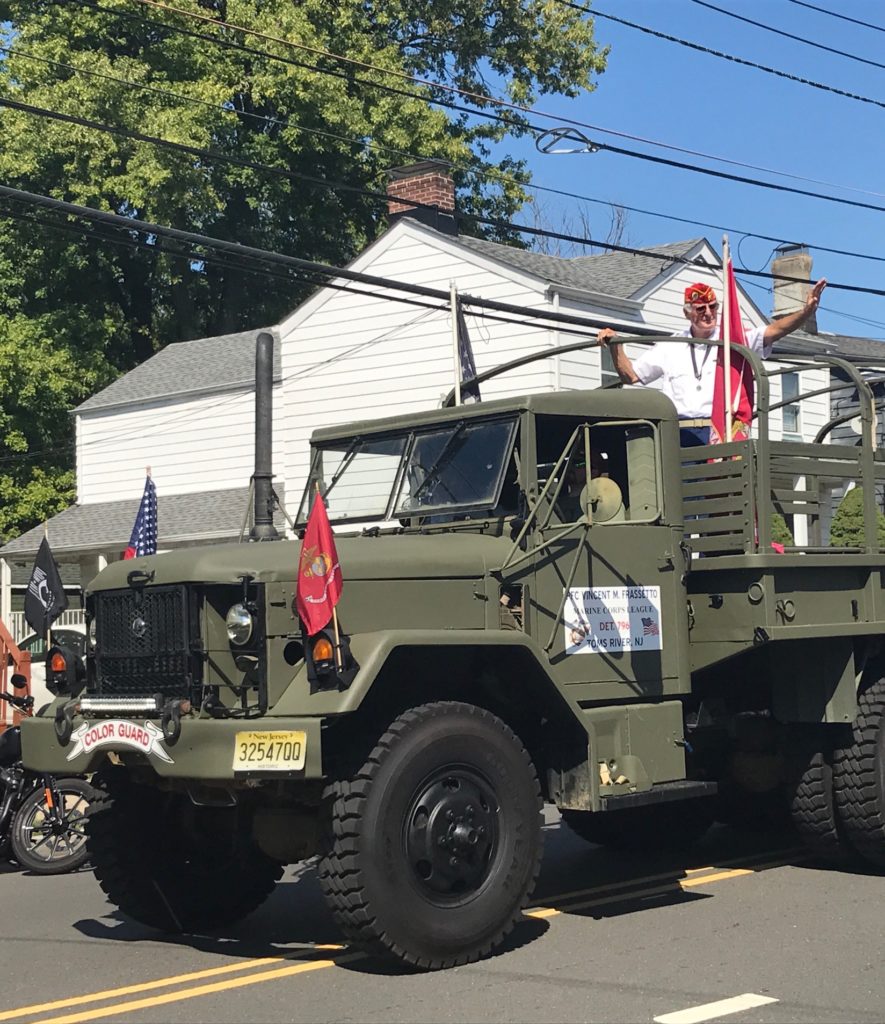
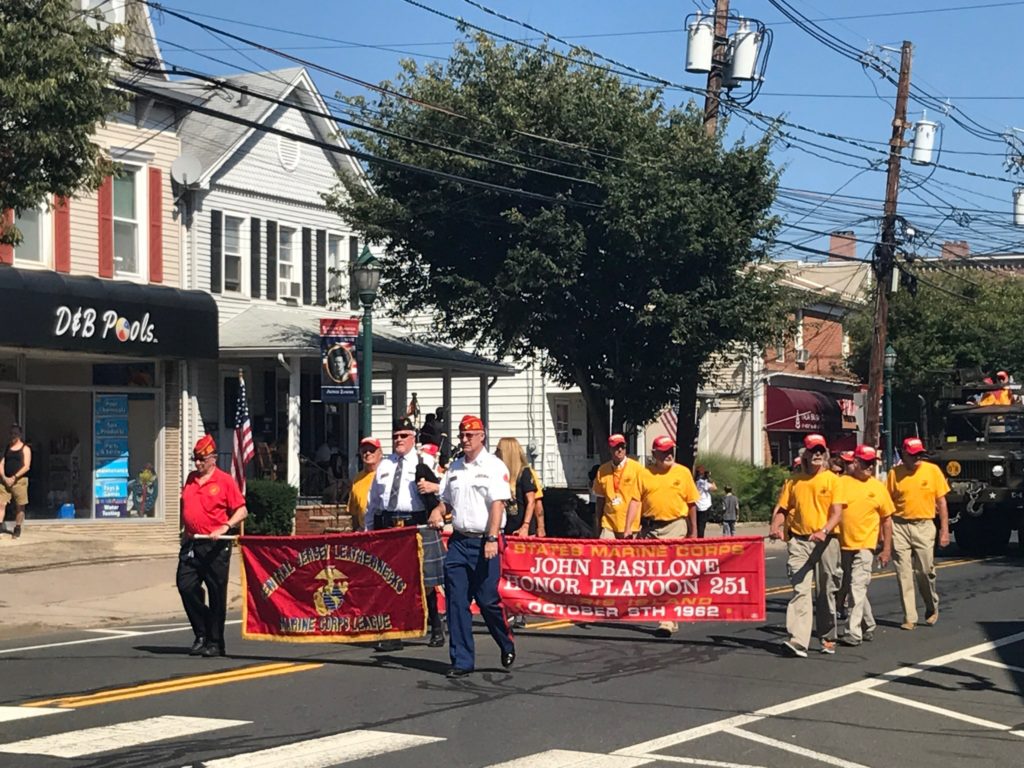

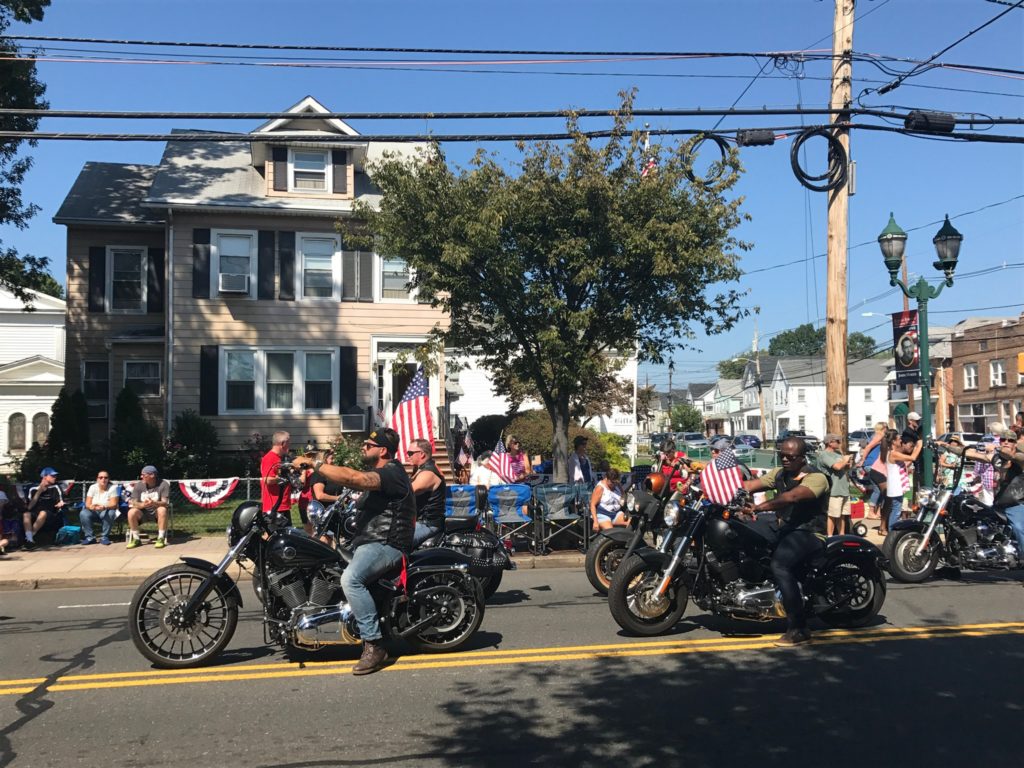
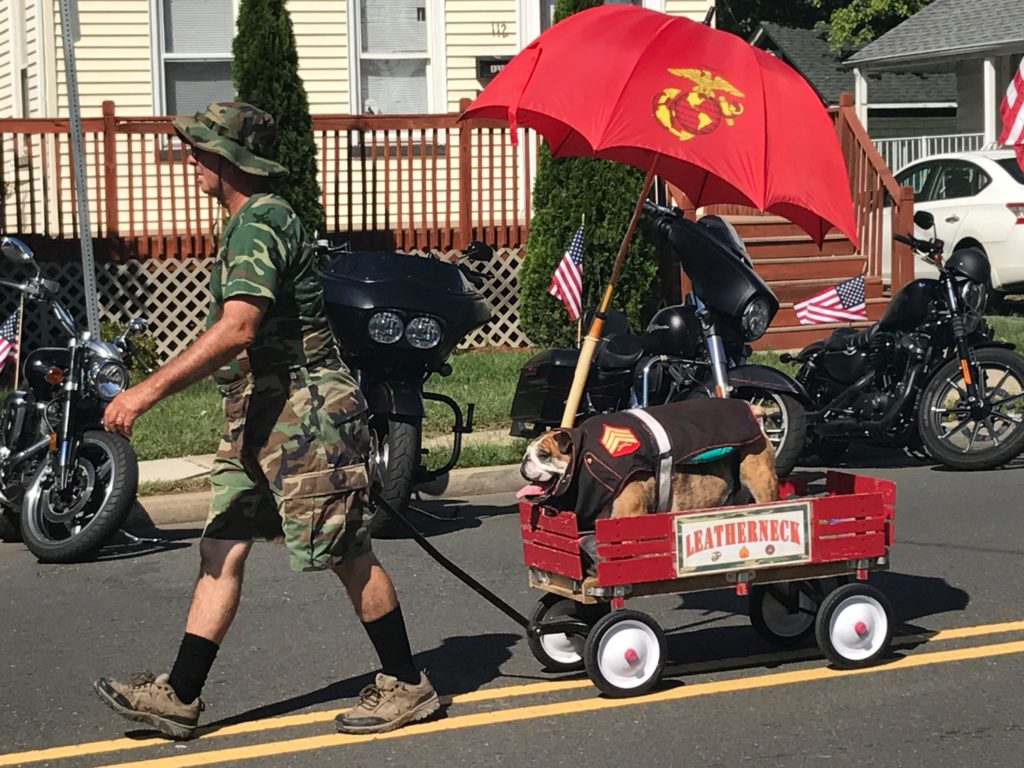
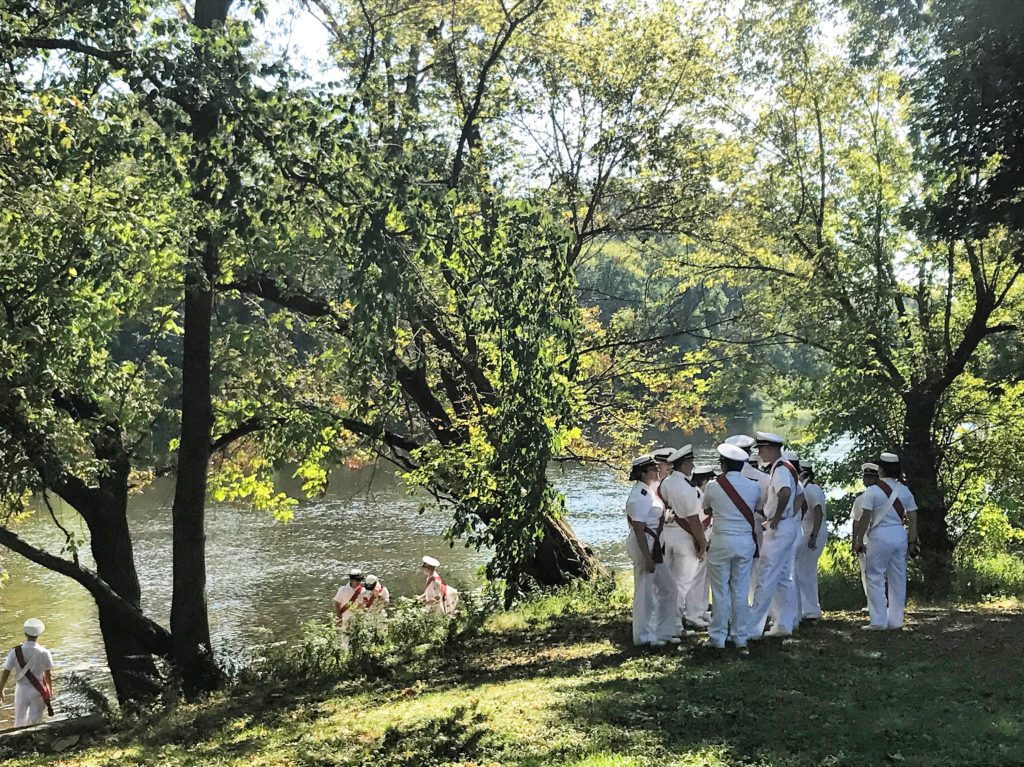

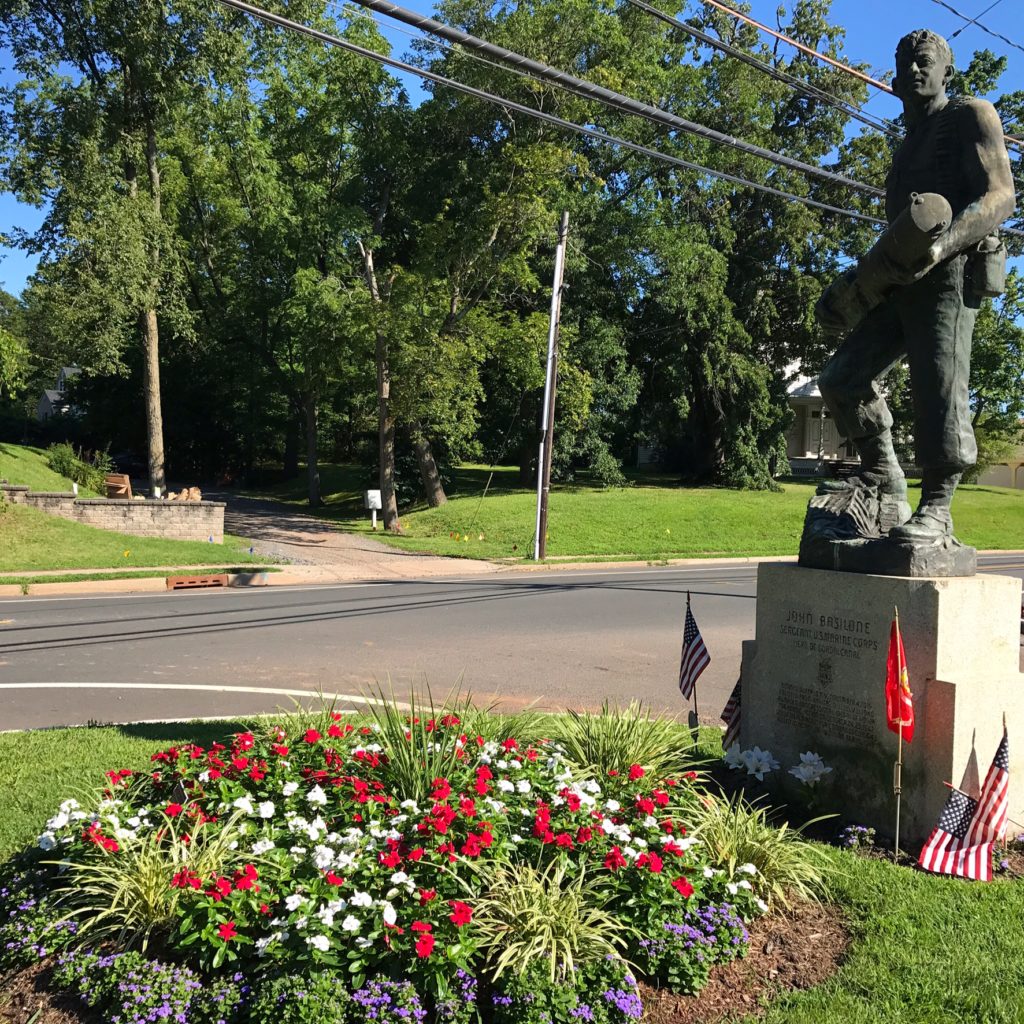
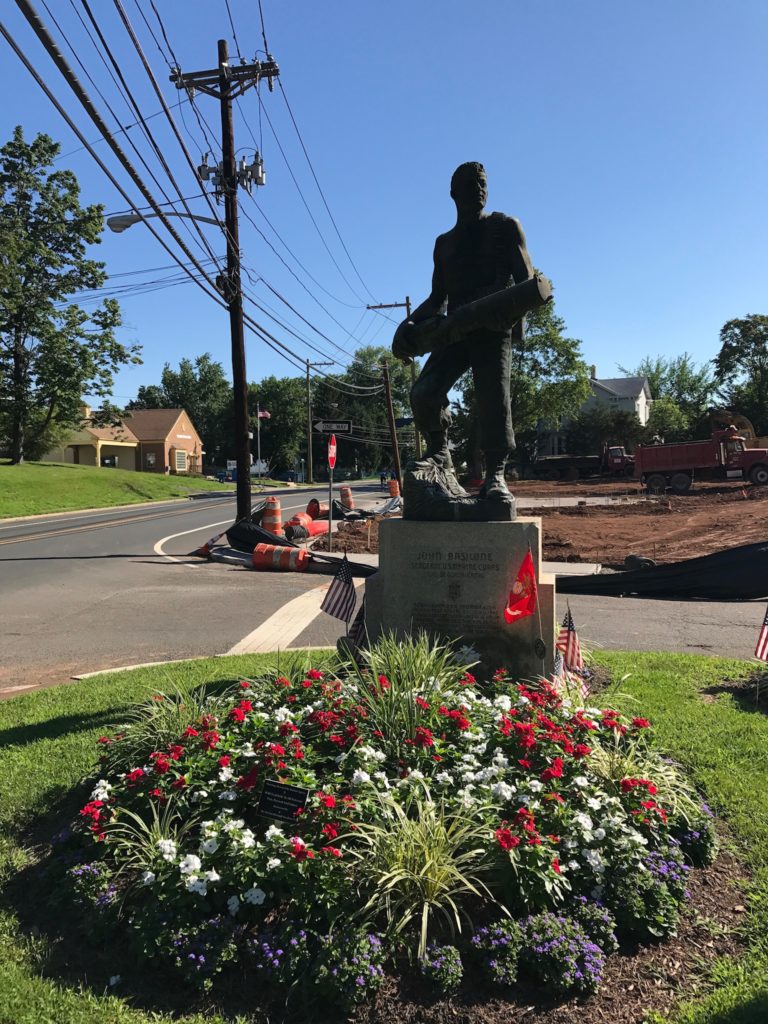
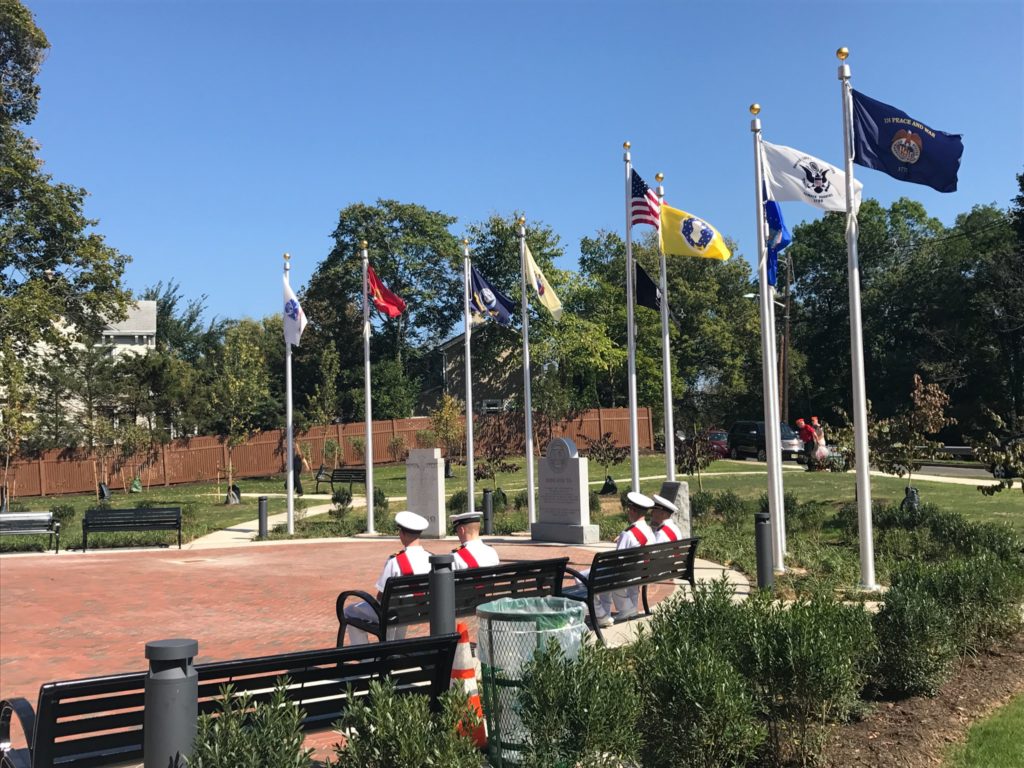
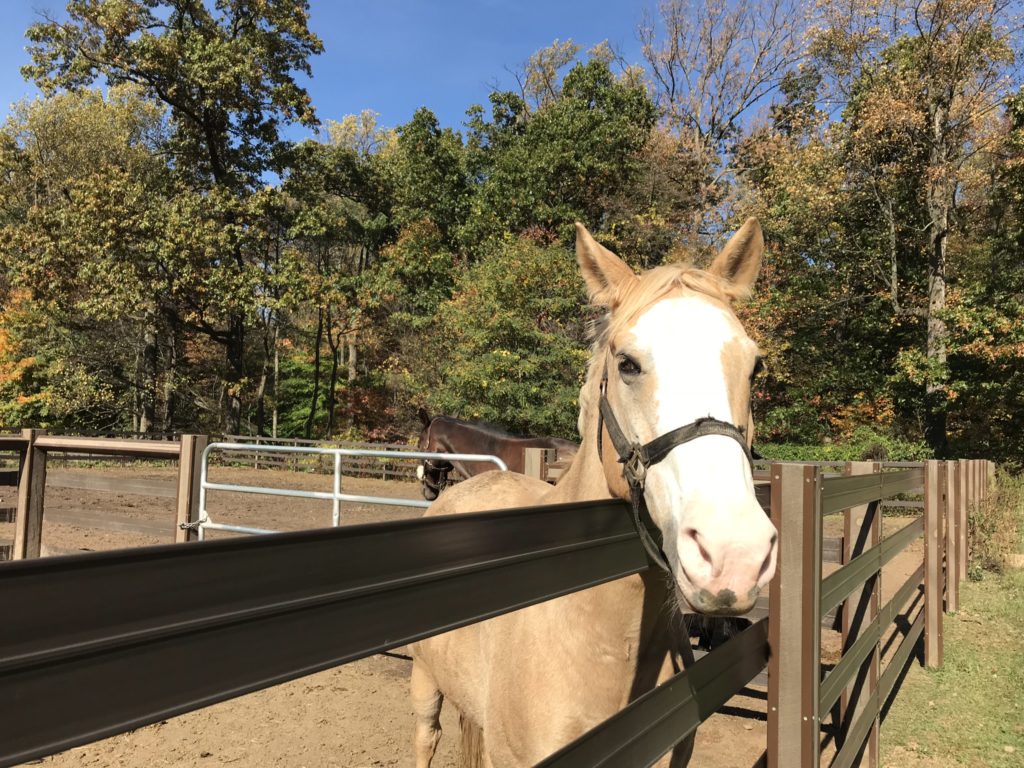 “
“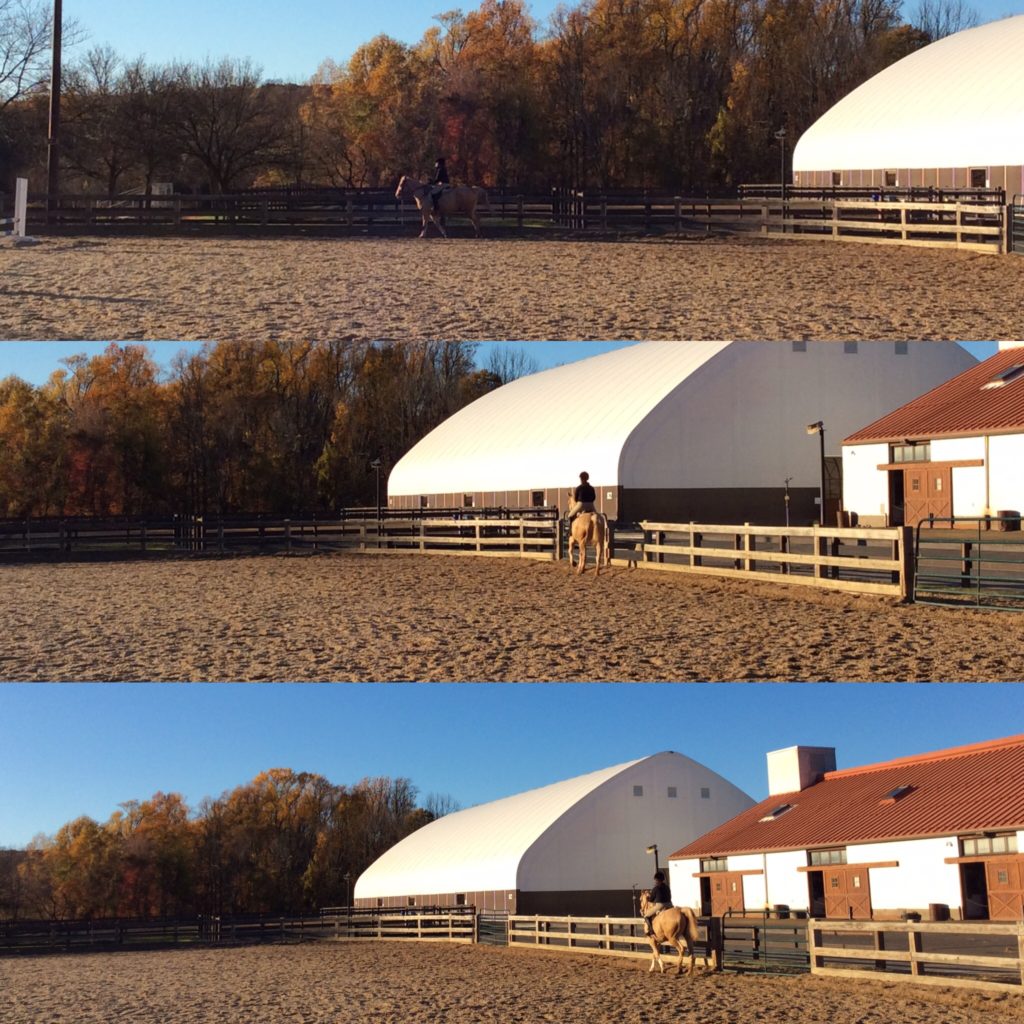 The stable, part of the county parks since 1933, features English riding in a new, state-of-the-art, indoor riding ring, three outdoor rings, and six paddocks. Trail rides wend their way through 26 miles of the 2,000-acre reservation, which is stunning with fall colors right now. Rides are on Saturdays at 1 p.m. and 2 p.m. and Sundays at 2 p.m. and 3 p.m. and are ideal for beginners as an introduction both to riding and the individual horses. Along the trail, you will also meet sociable people out enjoying the woodland paths with family, friends, and dogs
The stable, part of the county parks since 1933, features English riding in a new, state-of-the-art, indoor riding ring, three outdoor rings, and six paddocks. Trail rides wend their way through 26 miles of the 2,000-acre reservation, which is stunning with fall colors right now. Rides are on Saturdays at 1 p.m. and 2 p.m. and Sundays at 2 p.m. and 3 p.m. and are ideal for beginners as an introduction both to riding and the individual horses. Along the trail, you will also meet sociable people out enjoying the woodland paths with family, friends, and dogs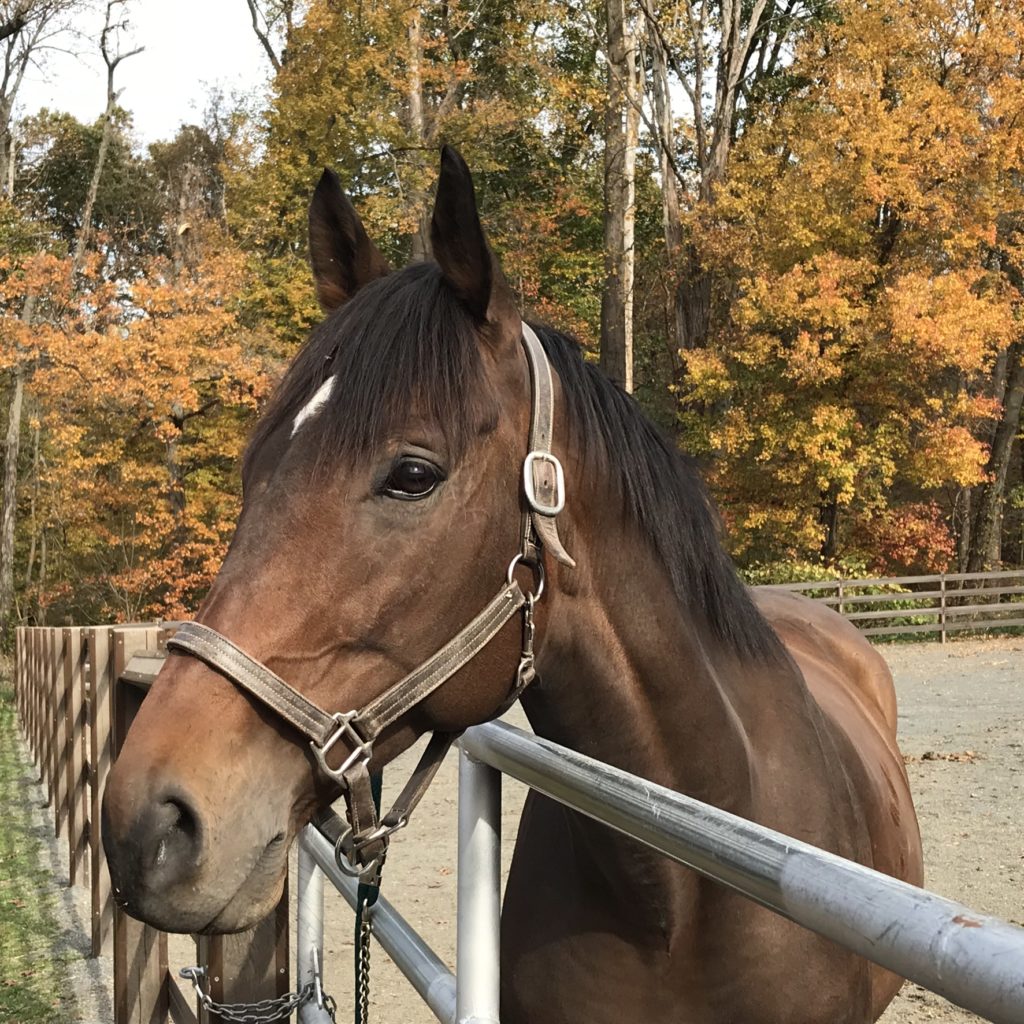
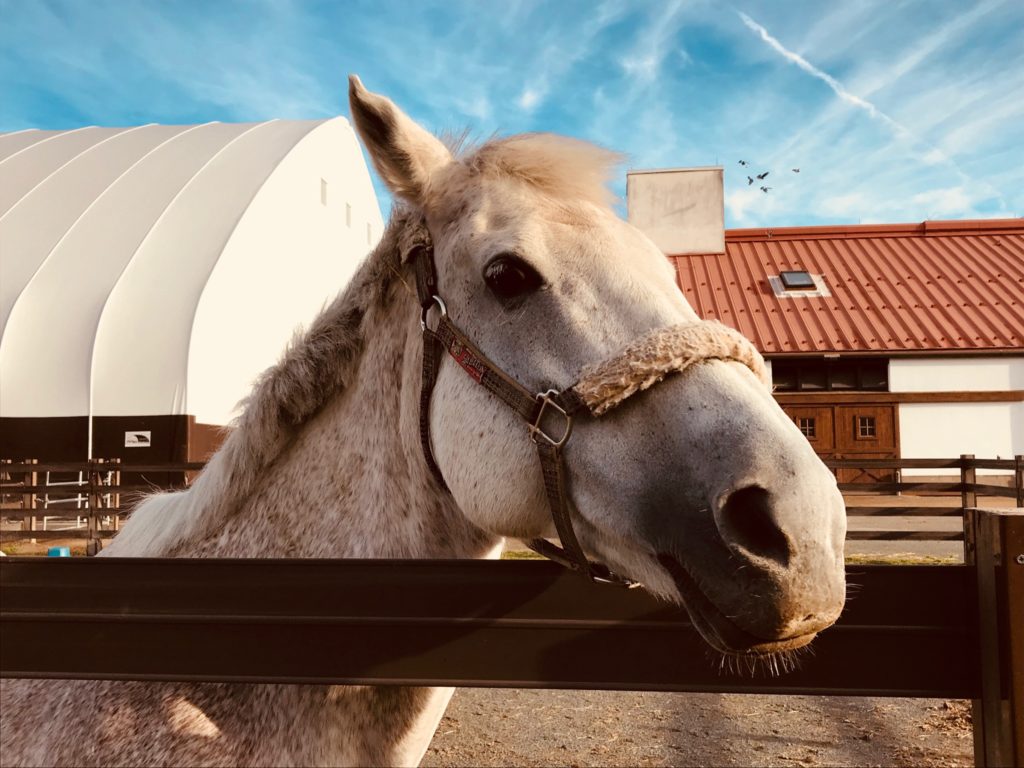
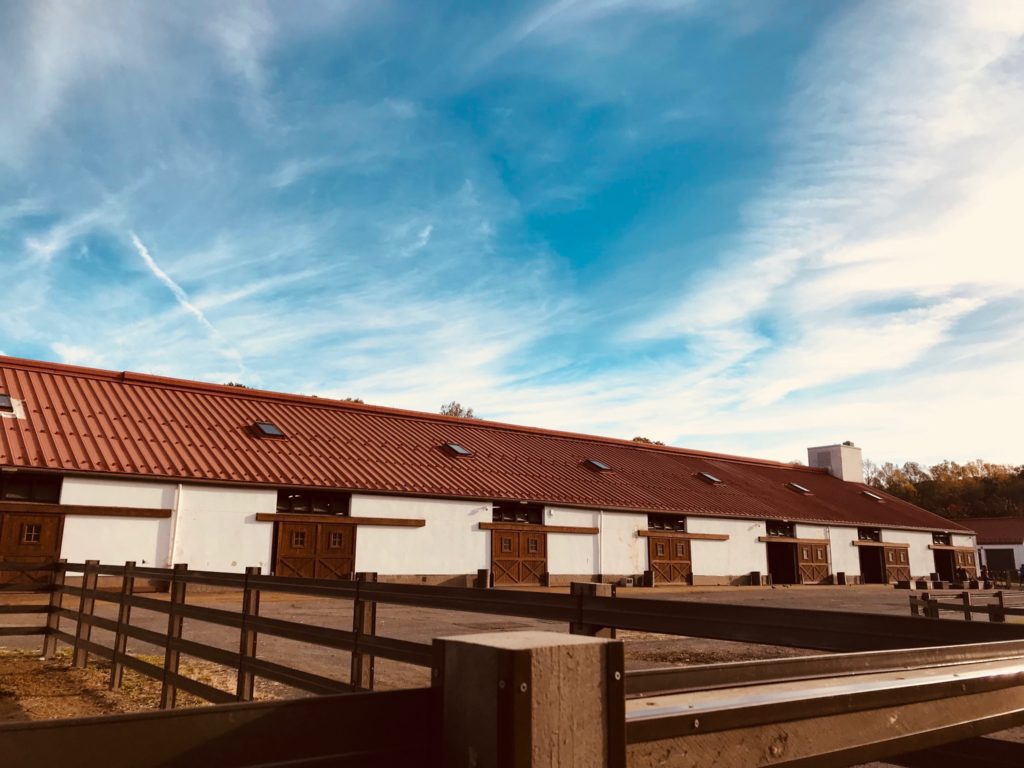 The entire venue is striking with its modified Mission Revival Style architecture, serenely situated in the landscape. This began as the site for a US Army base during the Cold War and later segued into a peacetime role as a home to the horses, many bought at auction to start new lives. For those of you who wish to feed the horses apples, you may do so when the horses are in the paddocks and not ready to ride, but please check with staff beforehand to align your generous thoughts with theirs.
The entire venue is striking with its modified Mission Revival Style architecture, serenely situated in the landscape. This began as the site for a US Army base during the Cold War and later segued into a peacetime role as a home to the horses, many bought at auction to start new lives. For those of you who wish to feed the horses apples, you may do so when the horses are in the paddocks and not ready to ride, but please check with staff beforehand to align your generous thoughts with theirs.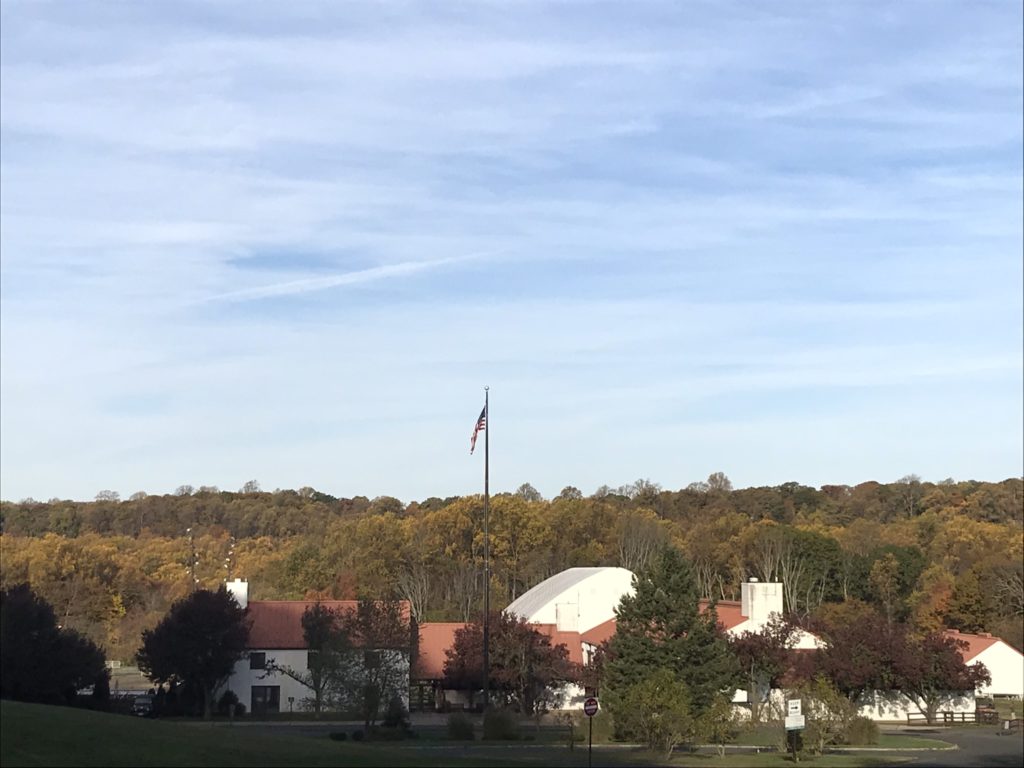 If you want outdoor fun in this incredible weather, Watchung Stable is a great place to go. Fall hours are Tuesday through Friday, 9 a.m. to 6 p.m. and Saturday and Sunday, 9 a.m. to 4 p.m. In winter, the stable is closed on Mondays, but open Tuesday-Sunday 9 a.m. to 12 p.m., then 1 p.m. till 4 p.m. More details are on the website or call: (908) 789-3665. Some enjoyable sleuthing is in order on my next visit for a lesson with the welcome hunch that there is “Sunshine” among the aptly named horses.
If you want outdoor fun in this incredible weather, Watchung Stable is a great place to go. Fall hours are Tuesday through Friday, 9 a.m. to 6 p.m. and Saturday and Sunday, 9 a.m. to 4 p.m. In winter, the stable is closed on Mondays, but open Tuesday-Sunday 9 a.m. to 12 p.m., then 1 p.m. till 4 p.m. More details are on the website or call: (908) 789-3665. Some enjoyable sleuthing is in order on my next visit for a lesson with the welcome hunch that there is “Sunshine” among the aptly named horses.




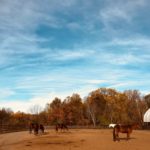
 …[Jay Reilly] dared to go bending round his accustomed comfort zone when he was a business exchange student at OP Jindal University. The stalwart wiffle ball player…found himself at the literature festival in the heart of the Pink City of Jaipur one weekend afternoon. Ducking into a matinee, he met “my Aishyrwara” from the Goa seaside and visual poetry became a permanent part of his life.
…[Jay Reilly] dared to go bending round his accustomed comfort zone when he was a business exchange student at OP Jindal University. The stalwart wiffle ball player…found himself at the literature festival in the heart of the Pink City of Jaipur one weekend afternoon. Ducking into a matinee, he met “my Aishyrwara” from the Goa seaside and visual poetry became a permanent part of his life.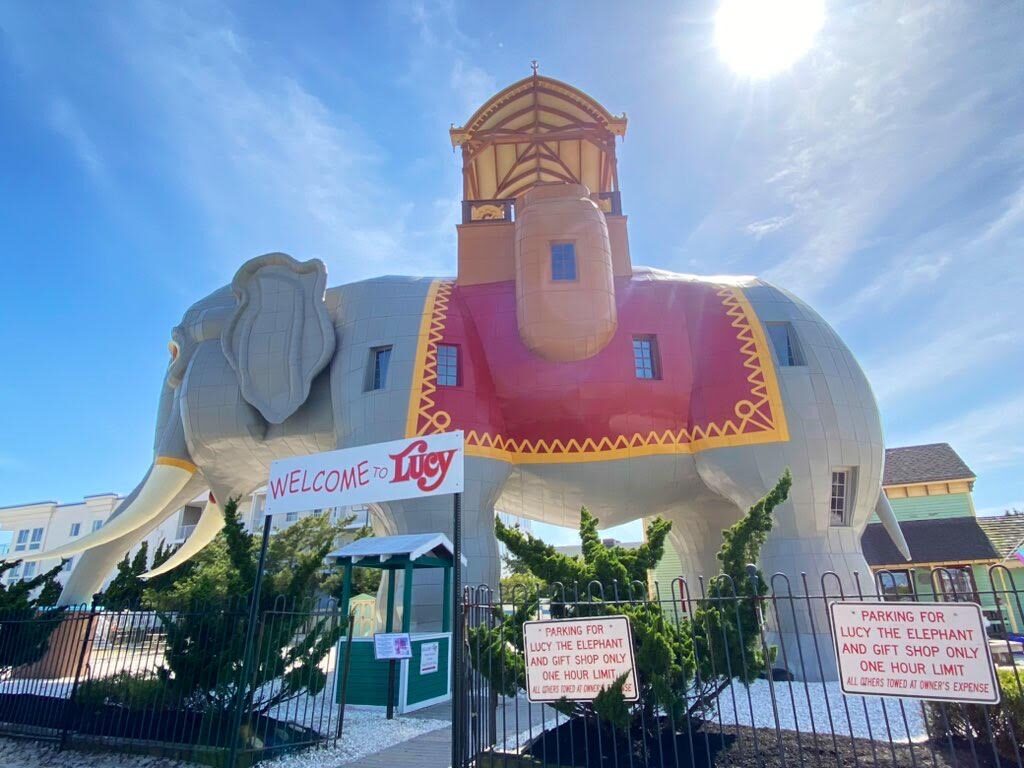
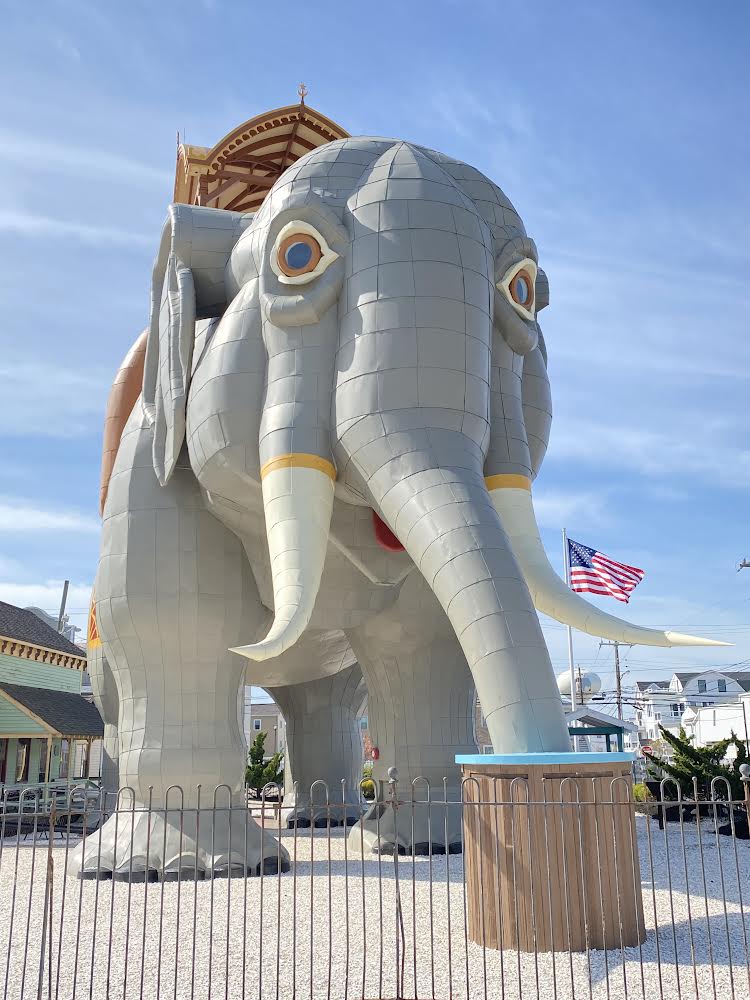
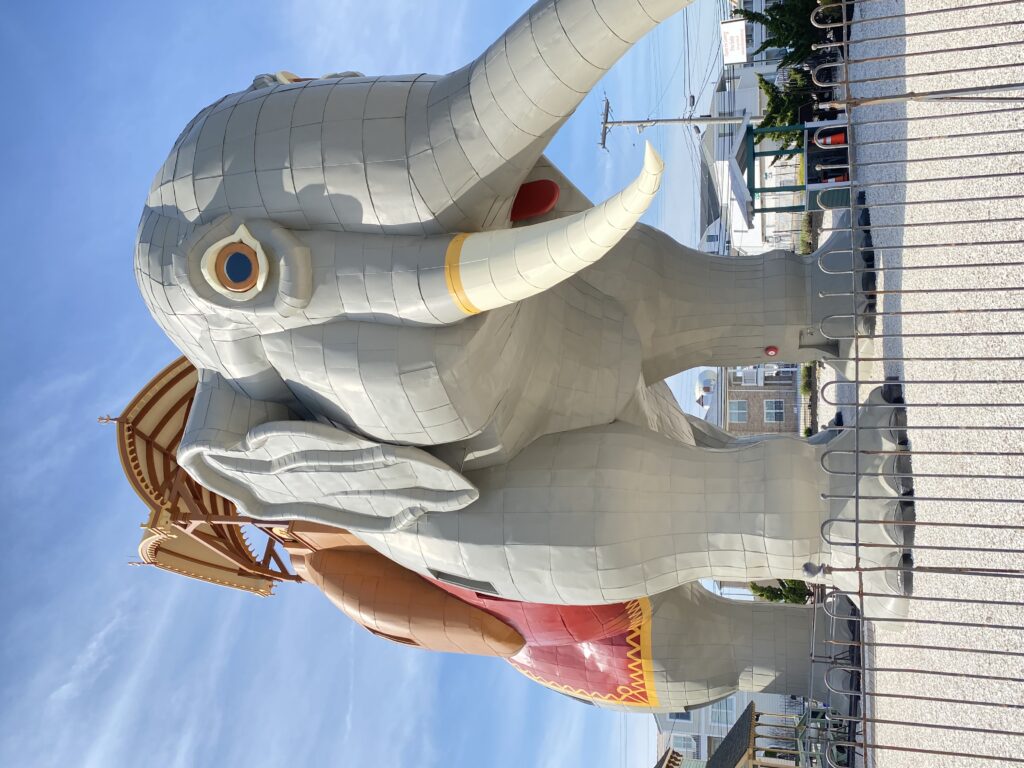
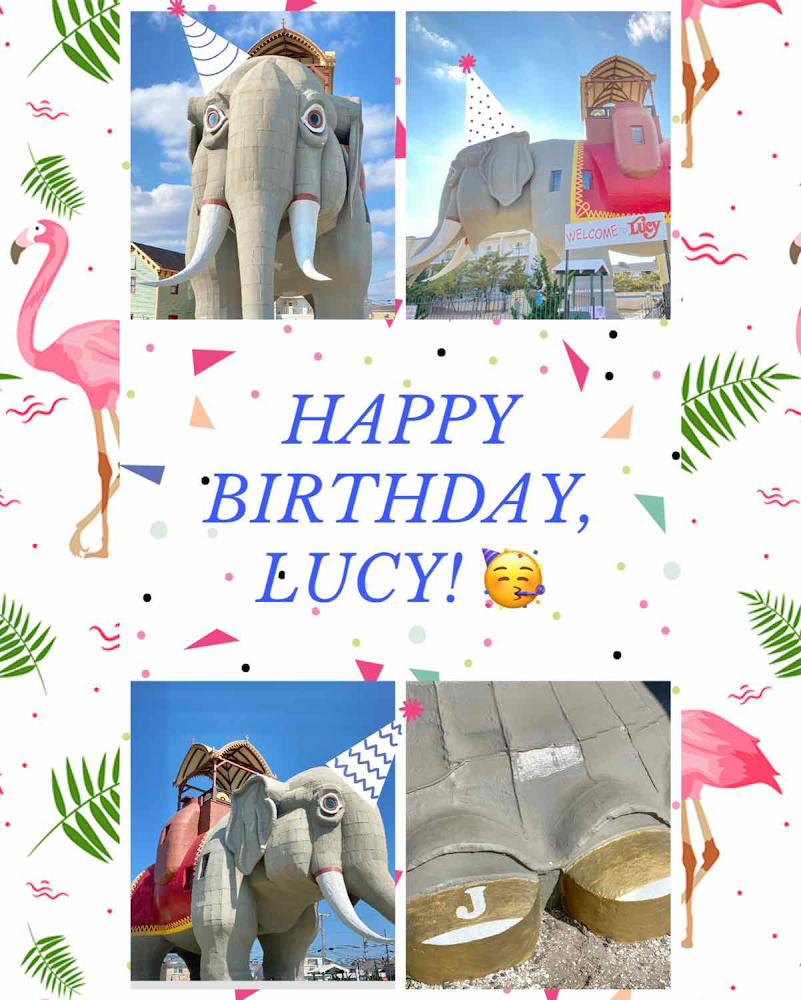
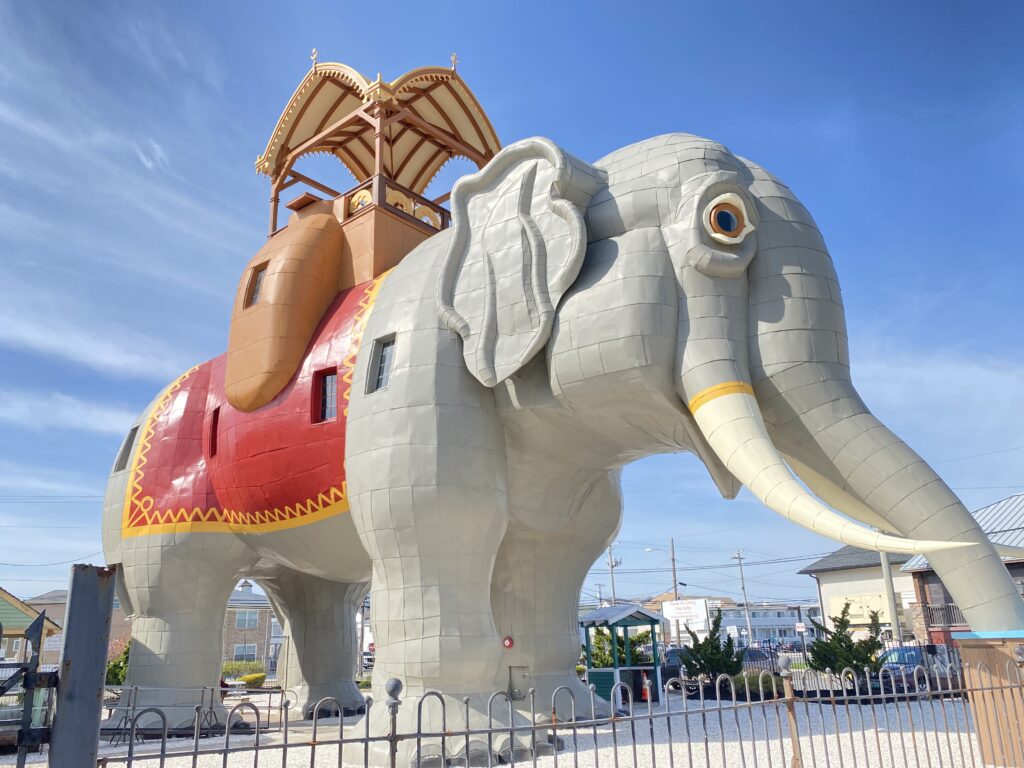
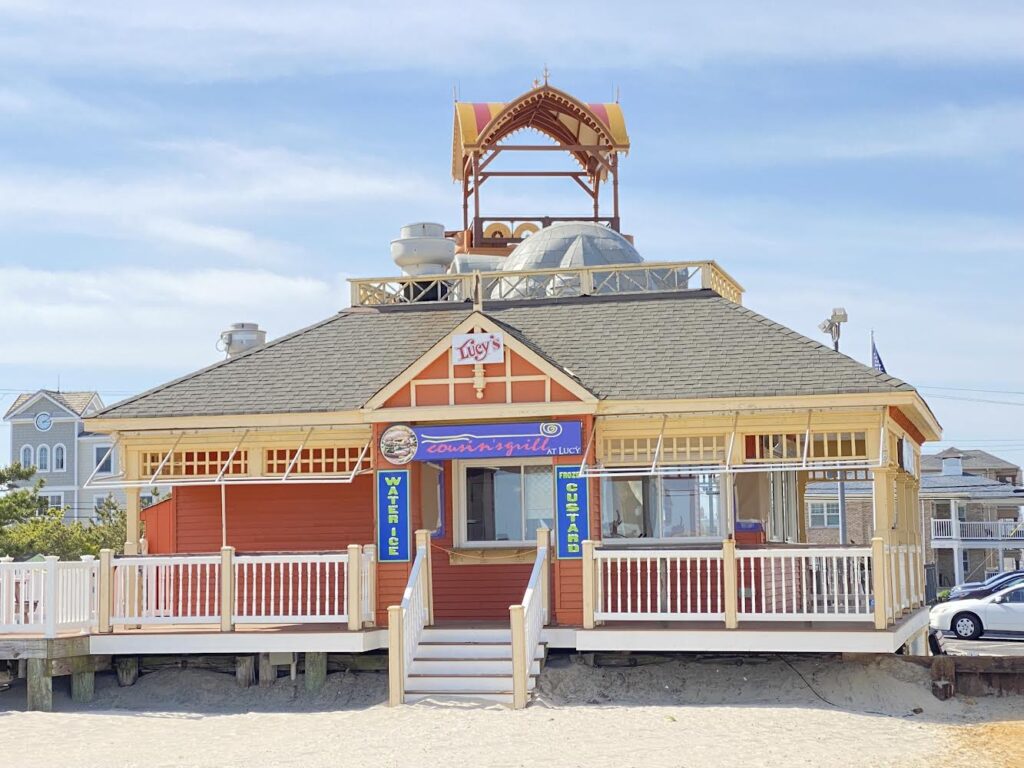
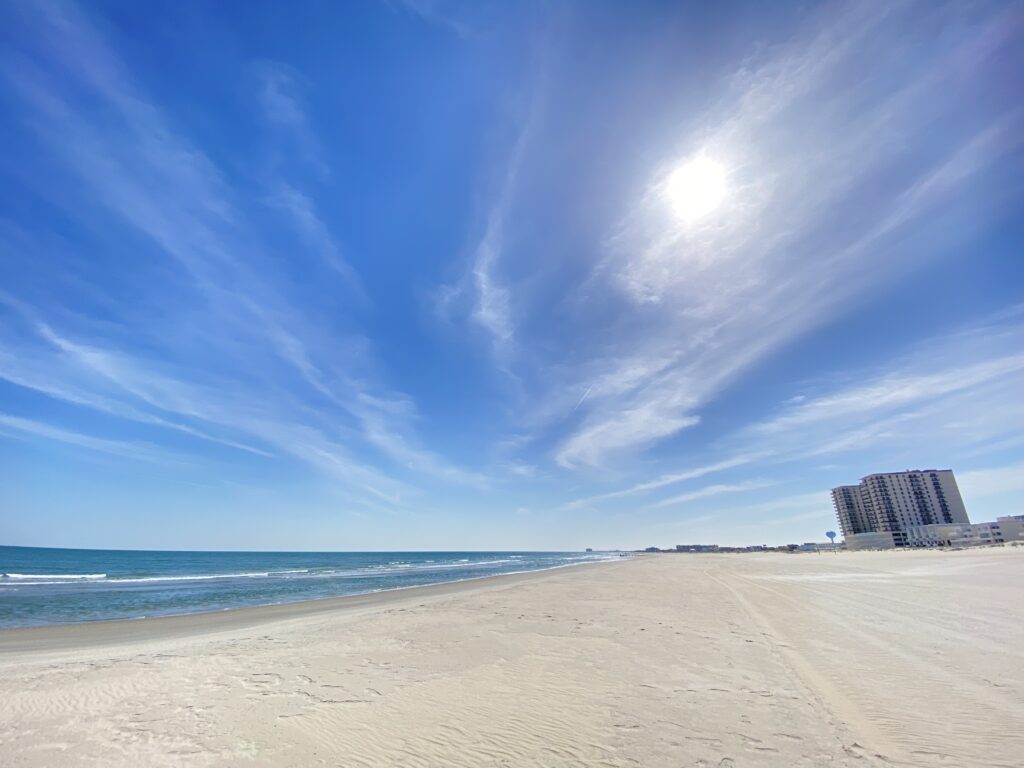







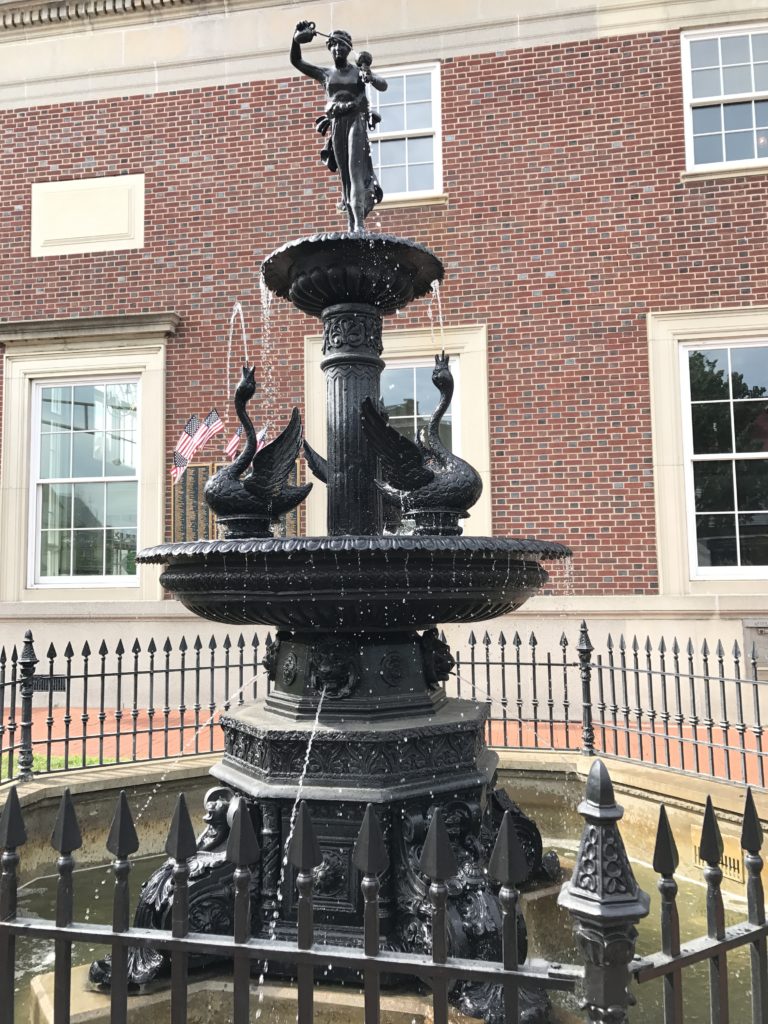 The American Legion Mount Holly Post 11’s beautiful 89th ceremony honoring
The American Legion Mount Holly Post 11’s beautiful 89th ceremony honoring 